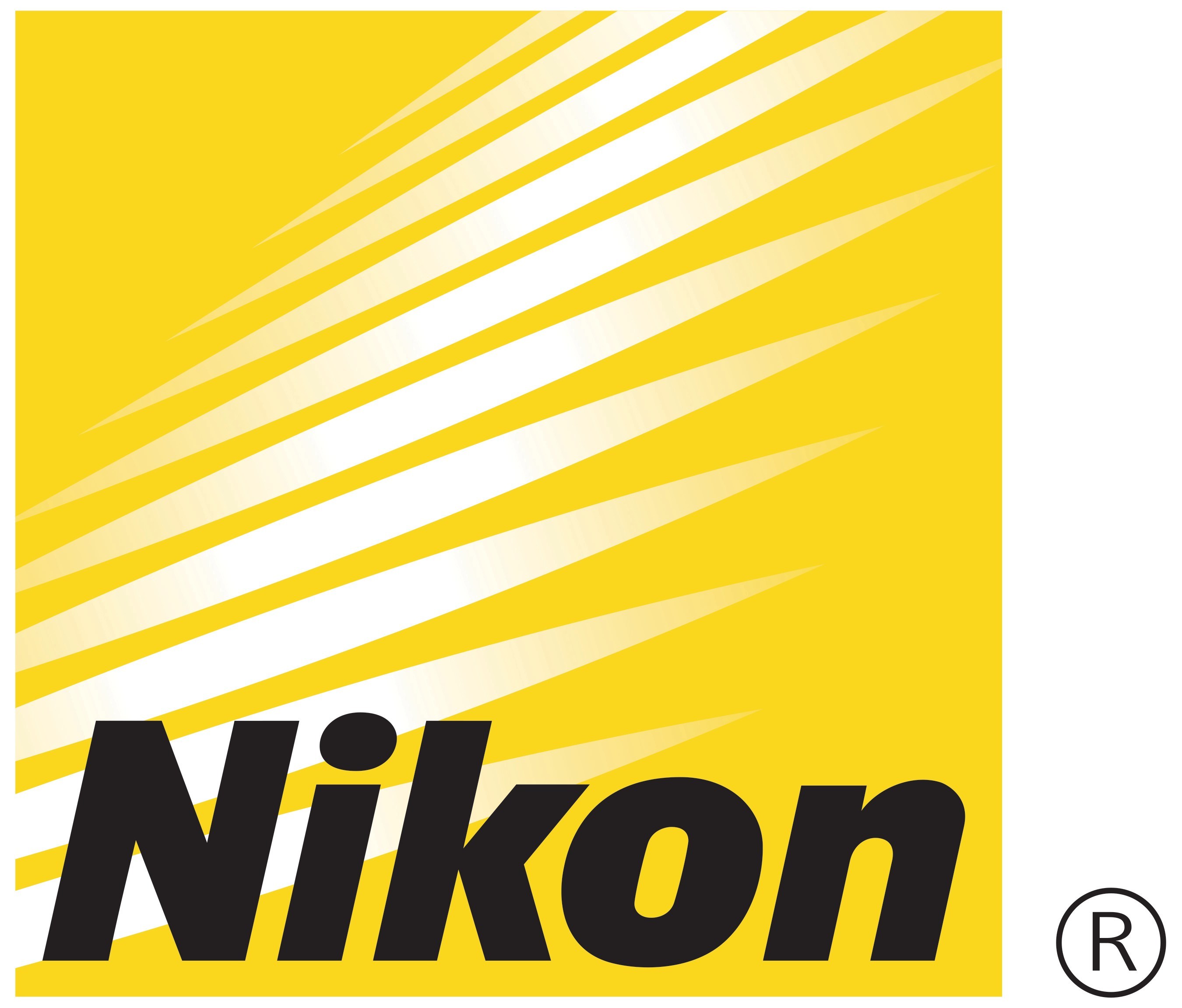The Most Prominent Industrial Metal Alloys in Manufacturing

A metal alloy is the result of combining two or more metals. Metal alloys have excellent mechanical properties and are very resistant to corrosion. Engineers, architects, and others in the industrial area employ the most prominent industrial metal alloys in manufacturing to create structures like buildings, cables, pipelines, bridges, machinery, and much more.
Steel Alloys
Two of the most prevalent alloys in the world are stainless and carbon steel. Steel alloys consistently rank at the top when it comes to strength, corrosion resistance, and longevity. Traditionally, steel alloys are different than pure metals because they blend various percentages of pure components until the desired chemical composition. In liquids, it’s simple to achieve good mixing, but solids are much more difficult. Flanges, forged fittings, fasteners, and a wide variety of other forms are all possible with steel alloys.
Iron Alloys
Some of the most widely used alloys in manufacturing are iron-based ones. Iron is dense and has a high melting point, making it resistant to high temperatures. Iron-based metal alloys are typically stiff and weaken vibrations. You might come across them in fabricating machines and equipment. Welding is commonly used for silicon iron bronze, an iron alloy.
Aluminum Alloys
You can’t go anywhere in the manufacturing sector without seeing aluminum alloy. One such alloy is alnico, which consists of aluminum, nickel, and cobalt and finds use in electric motors, microphones, and various sensors.
Among the uses for the aluminum-copper-manganese-magnesium alloy known as Duralumin, you’ll find airplane structures, wheel hubs, sheet metal for car bodies, forgings, pistons, and more. Magnalium is an aluminum alloy that finds widespread use in the automotive and aerospace industries.
Zinc Alloys
Zinc does not undergo a chemical transformation when exposed to electricity because of the metal’s low electrochemical potential, making it a popular alloy for several applications. You may find these metal alloys in the medical, industrial, automotive, and maritime sectors.
The accuracy of zinc alloy exceeds that of aluminum. Zinc allows the designer to make thinner wall sections, reduced draft angles, and smaller and longer cored holes. In addition to a longer tool life, zinc’s superior machinability, formability, and, most importantly, its reduced casting costs make it an attractive option for builders.
Bronze/Copper Alloys
Bronze’s exceptional resilience and life span are major selling points compared to other copper alloys. Bronze’s significant tin percentage makes it more corrosion-resistant than pure copper. It can withstand high heat and humidity without displaying signs of wear and tear. This makes it perfect for use in the great outdoors.
Additionally, bronze’s competitive price makes it stand out among copper alloys. Pure copper costs are high because of its scarcity, whereas bronze is cheap since it occurs naturally in large quantities. This makes it a great option for monumental sculptures and other monuments when budget is a concern.
It’s hard to imagine the world without the most prominent industrial metal alloys in manufacturing paving the way. After all, without these wonderful alloys, we wouldn’t have the bridges, skyscrapers, and vehicles we have today.





